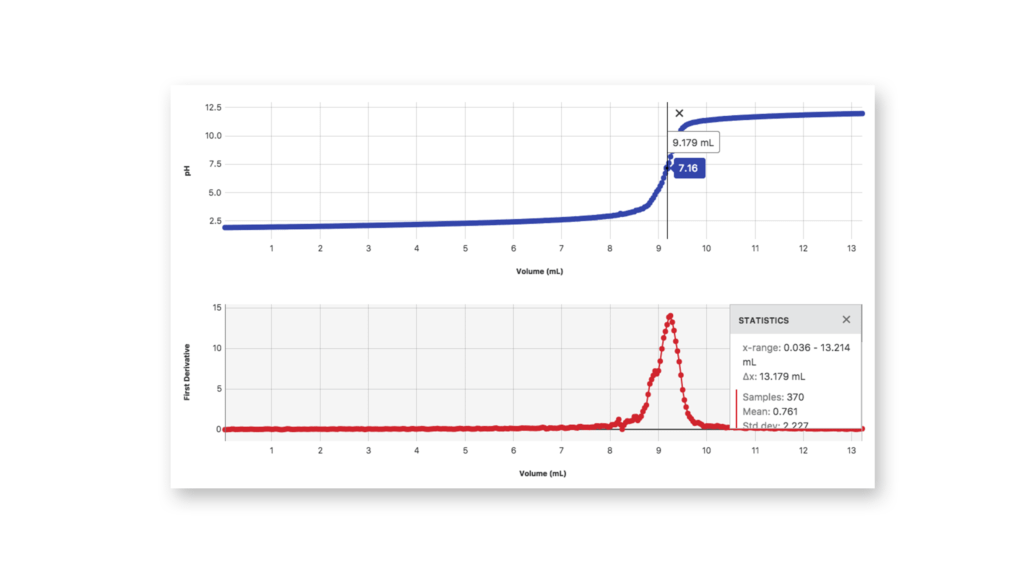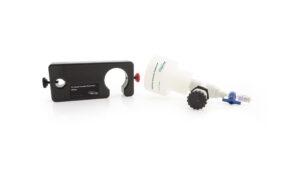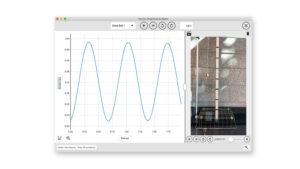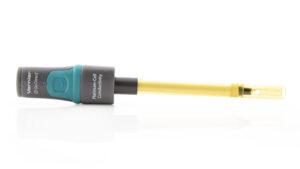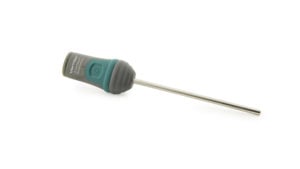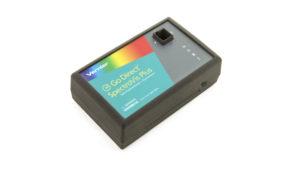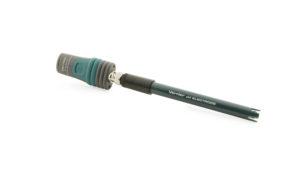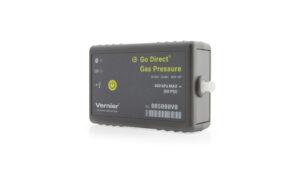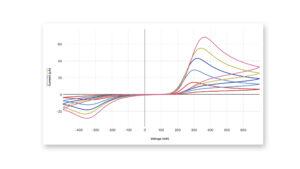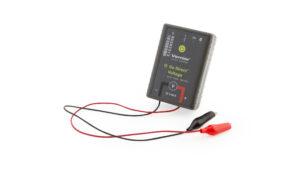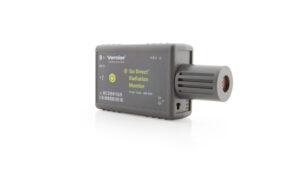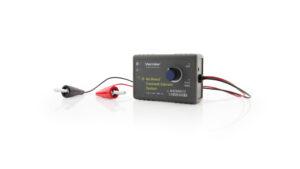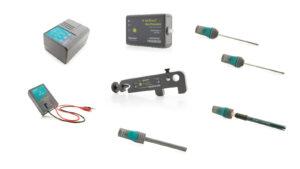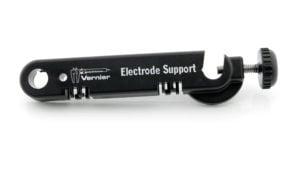Rate Determination and Activation Energy
An important part of the kinetic analysis of a chemical reaction is to determine the activation energy, Ea. Activation energy can be defined as the energy necessary to initiate an otherwise spontaneous chemical reaction so that it will continue to react without the need for additional energy. An example of activation energy is the combustion of paper. The reaction of cellulose and oxygen is spontaneous, but you need to initiate the combustion by adding activation energy from a lit match.
In this experiment you will investigate the reaction of crystal violet with sodium hydroxide. Crystal violet, in aqueous solution, is often used as an indicator in biochemical testing. The reaction of this organic molecule with sodium hydroxide can be simplified by abbreviating the chemical formula for crystal violet as CV.
As the reaction proceeds, the violet-colored CV+ reactant will slowly change to a colorless product, following the typical behavior of an indicator. You will measure the color change with a Vernier Colorimeter or a Vernier Spectrometer. You can assume that absorbance is directly proportional to the concentration of crystal violet according to Beer’s law.
The molar concentration of the sodium hydroxide, NaOH, solution will be much greater than the concentration of crystal violet. This ensures that the reaction, which is first order with respect to crystal violet, will be first order overall (with respect to all reactants) throughout the experiment. You will monitor the reaction at different temperatures, while keeping the initial concentrations of the reactants the same for each trial. In this way, you will observe and measure the effect of temperature change on the rate of the reaction. From this information you will be able to calculate the activation energy, Ea, or the reaction.





